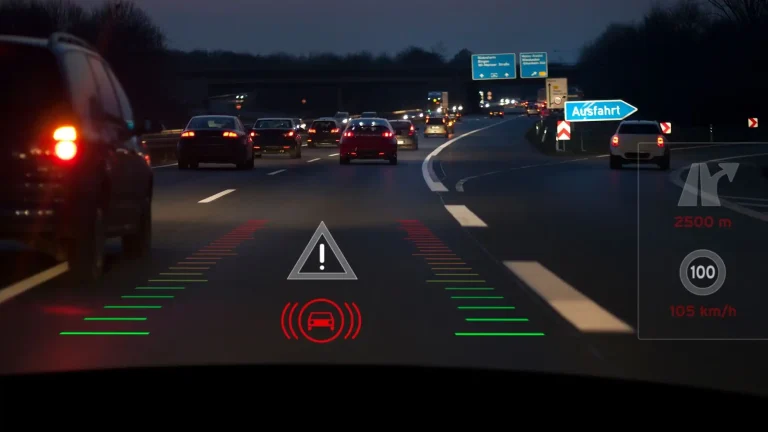Building Digital Defense: Key Insights into Firewalls
Post Preview
Key Takeaways
- Understand the role of firewalls in safeguarding digital environments.
- Explore different types of firewalls and how they work.
- Learn about the benefits and challenges of implementing firewall technology.
Table of Contents
- Understanding Firewalls
- Types of Firewalls
- How Firewalls Work
- Benefits of Firewall Protection
- Challenges in Firewall Management
- The Future of Firewall Technology
Understanding Firewalls
In the increasingly interconnected world of today, the safeguarding of sensitive data and private networks stands as a paramount concern. A firewall functions like a vigilant sentry, erecting a barrier between the trusted sanctum of internal networks and the potentially hazardous realm of external connections. By scrutinizing and regulating data traffic based on a sophisticated set of rules, firewalls shield systems from invasive threats, ensuring only legitimate access. This capability to block unauthorized parties while permitting safe exchanges underscores why firewalls are foundational to modern cybersecurity infrastructures and indispensable for organizations and individuals alike.
In the face of burgeoning cyber threats, the imperative for robust digital defenses has reached unprecedented levels. Firewalls act not just as sentinels guarding against unauthorized access but also as windows offering insight into data traversing across networks. This dual role of surveillance and control is what makes firewalls integral—not just as protective barriers but as tools for maintaining transparency and accountability in data exchanges. Beyond mere blocking of harmful connections, they provide the necessary framework for understanding network interactions, enabling a proactive stance against malicious activities.
Types of Firewalls
The evolution of firewall technology has introduced a diverse lineup of firewalls, each tailored to meet specific security demands and network configurations—underscoring that no single type fits all. Understanding these different types is crucial for implementing the most effective defense mechanism within any digital environment.
Packet-Filtering Firewalls
The bedrock of firewall technology, packet-filtering firewalls, operates by examining individual packets of data as they traverse through the network, comparing them against predetermined security rules. While rudimentary, their ability to block or allow packets based on these criteria ensures a basic level of security across both inbound and outbound traffic.
Stateful Inspection Firewalls
Taking a more dynamic approach, stateful inspection firewalls extend beyond simple packet evaluations by maintaining awareness of active connections. This comprehensive tracking of connection states allows for more nuanced security posturing, focusing not only on the packet itself but also the context within which it attempts to interact with the network.
Proxy Firewalls
Acting as intermediaries, proxy firewalls delve deeper, analyzing traffic at the application layer. By doing so, they provide a buffer between end-users and the internet, effectively camouflaging internal network addresses and protecting users from direct exposure to external threats, akin to a theater’s curtain concealing the backstage.
Next-Generation Firewalls (NGFW)
Representing the forefront of firewall advancement, Next-Generation Firewalls (NGFWs) amalgamate traditional techniques like deep packet inspection with advanced features such as intrusion prevention and real-time threat intelligence. These capabilities empower them to anticipate and neutralize threats, reflecting a sophisticated approach to network security that transcends traditional firewall limitations.
How Firewalls Work
Firewalls function by erecting a protective barrier between trusted internal networks and what might be seen as hostile or untrusted external ones. By meticulously examining data packets, they ascertain whether these digital messages should be granted passage or denied access. The logic controlling these decisions is based on an intricate set of rules defined by parameters such as IP addresses, data packet protocols, and domain names, establishing a multi-layered security matrix.
Consider a corporate network employing a firewall to reject all traffic from certain geographic areas known for heightened cyber threats; this strategic restriction grants granular control over data flow, enhancing the organization’s security posture. Such adaptability and customized control afford firewalls a vital role in both corporate and personal network architectures, balancing openness with necessary restrictions.
Benefits of Firewall Protection
The pivotal advantage of utilizing firewalls lies in their aptitude for safeguarding networks against nefarious internet-originated threats. By meticulously controlling access, firewalls avert unauthorized attempts to infiltrate computers and networks, acting as a fortress to protect sensitive data.
Moreover, firewalls offer ancillary benefits such as supporting virtual private networking (VPN), thereby furnishing secure remote connections to internal resources across the internet—a noteworthy benefit in the era dominated by remote work dynamics. According to an enlightening recent study, enterprises fortified with comprehensive firewall settings witness a significant downturn in data breach incidents, reinforcing the strategic advantage of firewall protections.
Challenges in Firewall Management
While firewalls offer significant security benefits, effective management is not devoid of challenges. Misconfigured settings can lead to severe vulnerabilities, whether by enabling unauthorized access or by impeding legitimate traffic, which could conceivably cripple productivity and compromise security.
Additionally, the complexity of managing a multitude of firewall rules over expansive network environments can be daunting. As networks continue to grow and threats evolve, the demand for continuous monitoring and agility in updating firewall configurations is critical to maintaining high levels of security, thus requiring diligent oversight and expert management.
The Future of Firewall Technology
As cyber threats gain complexity, firewall technology must evolve to stay formidable against emerging challenges. Innovations such as AI-driven analytics and adaptive security measures are paving the path for a new era of intuitively automated firewalls, systems capable of learning and adapting in real-time.
The trend towards the integration of cybersecurity solutions that encompass multiple layers of protection is gaining momentum, where traditional firewalls are synthesized with cutting-edge technologies, like machine learning-driven threat intelligence, to craft a more resilient defense fabric. An industry expert recently projected that future advancements may even incorporate blockchain technologies to further bolster firewall capabilities, marking a significant leap forward in digital defense strategies.







